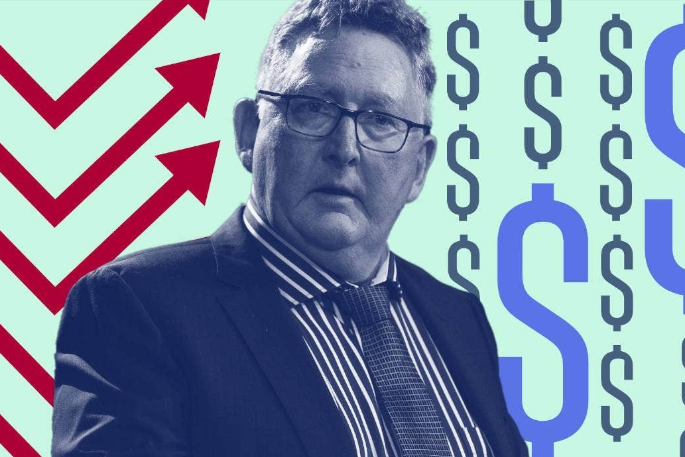Mortgage-holders may not be in for home loan hikes for Christmas, but borrowers need to get used to a new, higher normal for interest rates, economists say.
The Reserve Bank kept the official cash rate (OCR) at 5.5 per cent on Wednesday and did not signal that it was expecting an increase in November, as some had expected could be the case. But it stuck to its theme that interest rates were likely to need to be higher for longer.
The Reserve Bank said interest rates were “constraining economic activity and reducing inflationary pressure as required”.
While GDP growth in the June quarter was stronger than anticipated, the growth outlook remained subdued, it said. “With monetary conditions remaining restrictive, spending growth is expected to decline further.”
The Reserve Bank also noted that, globally, economic growth remained “below trend” and that most of New Zealand’s trading partners had seen headline inflation ease.
It said there was a risk that activity and inflation might not slow as much as needed over the short-term but in the medium-term a global slowdown, particularly in China, would be a drag on New Zealand.
Jarrod Kerr, chief economist at Kiwibank, said the statement from the Reserve Bank was clear that interest rates were on hold and would need to be restrictive for longer.
He said he still believed that by the middle of next year, the bank would be in a position to start lowering the cash rate.
In the meantime, he said, there could still be some increases as a result of higher bank costs, as have been seen in recent weeks. “We are finding the peak in interest rates. I thought we would have seen it already, it’s a bit higher than I thought it would be. It’s just about getting through the next year. Hopefully early next year, we’ll be waking up and seeing interest rates start to head the other way.”
But he said borrowers should not be hanging on to hopes of returning to the rates they had just rolled off. He said about 30 per cent of all outstanding home loans were rolling off “very attractive” rates on to “very restrictive rates” over the next few months.
“People are rolling off 2.5 per cent or 3 per cent on to 7 per cent or 7.5 per cent. If they start cutting, it’s back to 6 per cent, maybe high 5 per cent, it’s not going to 2 per cent or 3 per cent.”
Gareth Kiernan, chief forecaster at Infometrics, said there was little indication that the Reserve Bank was preparing for an interest rate hike this year.
“The bank downplayed the stronger-than-expected June quarter GDP result, and it implied it will not be overly concerned if headline inflation picks up in the near term due to higher oil prices.”
But he said the bank’s assertion that it would need higher interest rates for longer was at odds with its stated belief that inflation would return to its 1 per cent to 3 per cent target band by the second half of next year.
He said the statement appeared to indicate it would be a while before home loan borrowers had any relief.
Realistically, people should not expect rates to return to their Covid lows.
“While I wouldn't expect 7 per cent to persist forever, mortgage rates of between 5 per cent and 6 per cent would seem to be to be perfectly normal over a five-year horizon.”
BNZ economists said they interpreted the statement to mean the Reserve Bank expected the OCR to have to stay at 5.5 per cent longer than it previously forecast. It had indicated a first rate cut in the first quarter of 2025.
“Perhaps the thought is now later in that year. Our current forecasts have a first rate cut in the middle of 2024. That’s because we believe the economy will be moribund for the next five quarters, the unemployment rate will rise fairly rapidly, wage pressure will dissipate fairly quickly, and the Reserve Bank will become more quickly pacified that enough has been done.”
At Westpac, chief economist Kelly Eckhold said he still expected an increase in November.
He said data between now and then was likely to change the central bank's view.
Corelogic chief property economist Kelvin Davidson said, even if there was another cash rate increase this year, the big increases in mortgage rates had already been seen.
“Generally, they’ve been absorbed, thanks to the low unemployment rate. Meanwhile, sales volumes are picking up and house prices seem to have broadly found a floor, even starting to rise again in some areas.
“Of course, nobody is thinking about OCR cuts or significant falls in mortgage rates for at least another year or so, meaning that this housing ‘upturn’ could be pretty subdued by past standards – especially with affordability still stretched and caps on debt to income ratios for mortgage lending potentially on the cards in 2024.”



0 comments
Leave a Comment
You must be logged in to make a comment.